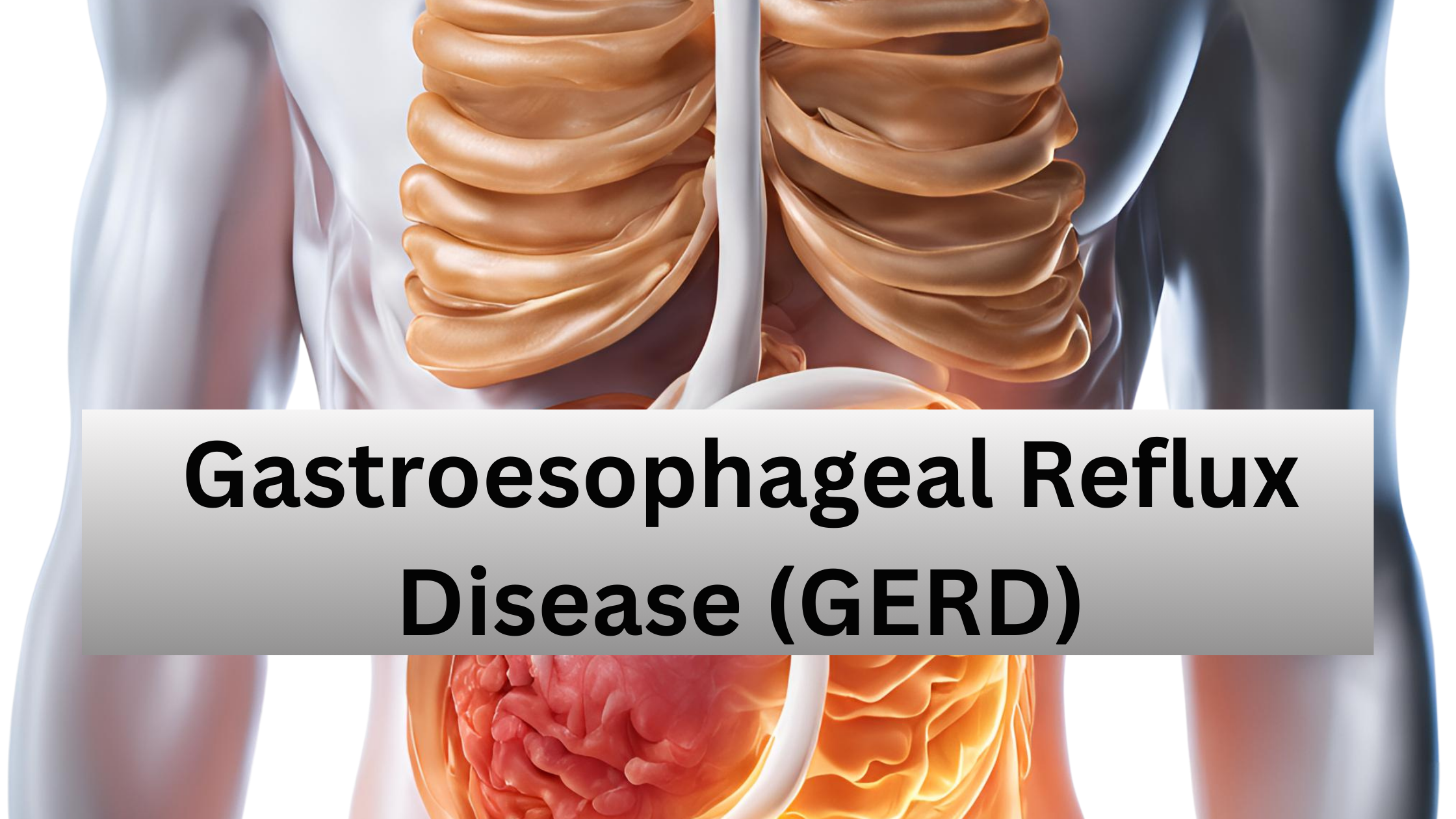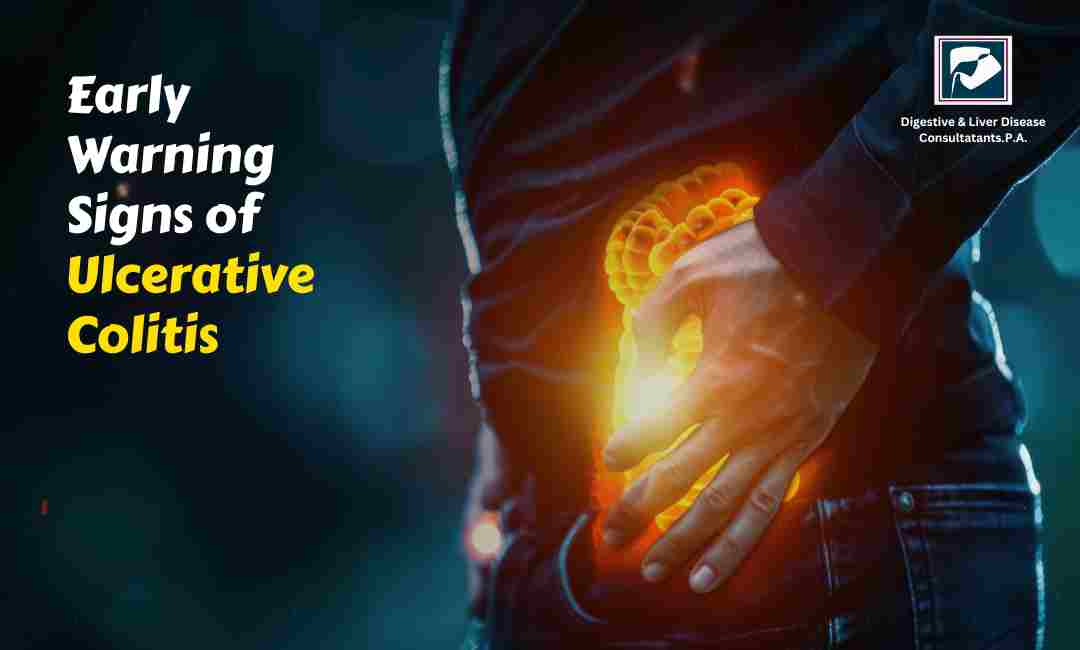Introduction
If you have ever experienced persistent heartburn, acid reflux, or an uncomfortable burning sensation in your chest, you might be dealing with something called GERD, or gastroesophageal reflux disease. GERD is a common condition that affects millions of people around the world. While lifestyle changes and medications can help manage the symptoms, understanding what’s really going on inside your body is crucial. Let’s explore how an upper endoscopy can provide valuable insights into your condition and how it can help you find relief.
What is Gastroesophageal Reflux Disease (GERD)?
GERD is a chronic digestive disorder where stomach acid frequently flows back into the esophagus, the tube that connects your mouth and stomach. This backward flow of acid, also known as acid reflux, can irritate the lining of the esophagus and cause a range of uncomfortable symptoms. The main symptoms of GERD include:
-
Heartburn: A burning sensation in the chest, usually after eating or lying down. It often feels like a painful, burning sensation behind the breastbone.
-
Regurgitation: The sensation of acid backing up into your throat or mouth, leaving a sour or bitter taste.
-
Difficulty Swallowing (Dysphagia): A feeling that food is stuck in your throat or chest, which can make swallowing difficult.
-
Chronic Cough or Sore Throat: Particularly if these symptoms worsen after eating or lying down.
If left untreated, GERD can lead to more severe complications. These include esophagitis (inflammation of the esophagus), esophageal strictures (narrowing of the esophagus), or Barrett’s esophagus—a condition where the esophagus lining changes, which can increase the risk of esophageal cancer.
Why is Understanding GERD Important?
Managing GERD effectively involves more than just treating the symptoms. Identifying the underlying causes of GERD can help in tailoring a more effective treatment plan. While lifestyle modifications and medications are often first-line treatments, they may not be enough for everyone. This is where diagnostic tools like upper endoscopy come into play.
What is an Upper Endoscopy?
An upper endoscopy, also known as esophagogastroduodenoscopy (EGD), is a procedure used to examine the upper part of your digestive system. During the procedure, a flexible tube with a camera at the end, called an endoscope, is inserted through your mouth and into your esophagus, stomach, and the first part of the small intestine (duodenum). This allows your doctor to visually inspect these areas for any abnormalities.
How Upper Endoscopy Helps Diagnose GERD
-
Visual Examination of the Esophagus
-
An upper endoscopy provides a direct view of the esophagus, allowing your doctor to look for signs of damage caused by acid reflux. This includes checking for inflammation, erosions, ulcers, or other abnormalities that may indicate GERD. By visually assessing the condition of the esophagus, your doctor can determine the extent of damage and guide appropriate treatment.
-
Biopsy Collection
-
During the endoscopy, your doctor may take small tissue samples (biopsies) from the esophagus. These samples are then examined under a microscope to detect cellular changes or abnormalities. For instance, the presence of Barrett’s esophagus can be identified through biopsy results. Barrett’s esophagus is a precancerous condition caused by long-term acid reflux and requires careful monitoring and management.
-
Rule Out Other Conditions
-
GERD symptoms can overlap with other serious conditions, such as esophageal cancer, peptic ulcers, or infections. An upper endoscopy helps rule out these conditions by providing a clear and detailed view of the upper digestive tract. By eliminating other possible causes of symptoms, your doctor can focus on diagnosing and treating GERD.
-
Assessing the Severity of GERD
-
The procedure helps evaluate the severity of GERD by assessing the extent of damage to the esophagus. This information is crucial for developing a personalized treatment plan. For example, if significant damage is observed, more aggressive treatment options or lifestyle changes might be recommended.
When Should You Consider an Upper Endoscopy?
An upper endoscopy is typically recommended in the following scenarios:
-
Chronic GERD Symptoms: If you have persistent GERD symptoms that don’t improve with over-the-counter medications or lifestyle changes, an upper endoscopy can help assess the underlying cause and severity.
-
Warning Signs: Symptoms such as difficulty swallowing, unexplained weight loss, or anemia could indicate more severe complications. An upper endoscopy can help determine if these symptoms are related to GERD or another condition.
-
Long-standing GERD: If you’ve had GERD for many years, especially if you’re over 50, an upper endoscopy is recommended to check for complications like Barrett’s esophagus.
Preparing for an Upper Endoscopy
Preparation for an upper endoscopy involves several steps:
-
Fasting: You will need to fast for several hours before the procedure, usually from midnight the night before.
-
Medication Review: Your doctor will advise you on which medications to avoid before the procedure, as some can interfere with the endoscopy.
-
Transportation: As you’ll be given a sedative to help you relax during the procedure, arrange for someone to drive you home afterward.
What to Expect During and After the Procedure
-
During the Procedure:
-
You’ll receive a sedative to help you stay comfortable and relaxed.
-
The endoscope is gently inserted through your mouth, and the doctor examines your esophagus, stomach, and duodenum.
-
The procedure typically lasts 15 to 30 minutes, and you may feel some discomfort, but it’s usually minimal.
-
After the Procedure:
-
You might experience a sore throat or mild discomfort, which usually resolves quickly.
-
You’ll be monitored for a short time before being discharged. Your doctor will discuss the results with you, including any findings from biopsies if taken.
How DLDC Can Help
If you’re dealing with GERD and need expert care, the Digestive and Liver Disease Consultants (DLDC) team is here to help. Our specialists are experienced in performing upper endoscopies and interpreting the results to create a tailored treatment plan for your specific needs. At DLDC, we focus on providing comprehensive care to help you manage GERD effectively and improve your quality of life.
Conclusion
GERD can significantly impact your daily life, but with the right diagnosis and treatment, you can manage the symptoms effectively. An upper endoscopy is a valuable tool for diagnosing GERD, assessing its severity, and ruling out other potential conditions. If you’re experiencing persistent GERD symptoms, don’t hesitate to consult with your doctor or contact DLDC to explore how we can help you find the relief you need.
By understanding the role of upper endoscopy in diagnosing GERD, you can take proactive steps toward managing your health and improving your overall well-being.






